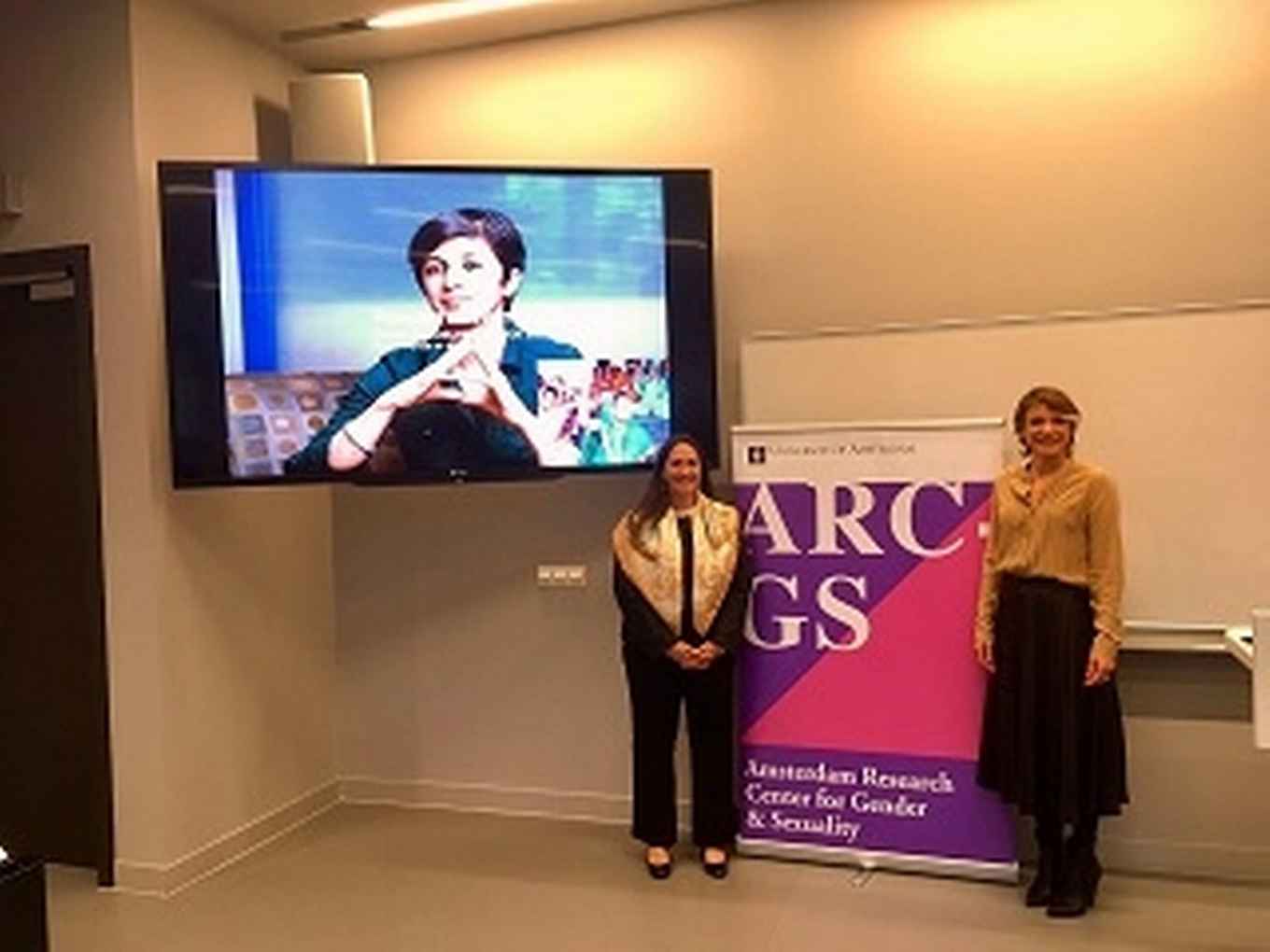‘Who is designing your future? Why and how we need to elect women at all levels of government’
by Daphne van der Pas

Take the case of breast cancer in the US. One in eight women in the US gets breast cancer, yet the first version of the Affordable Care Act (‘Obamacare’) provided no coverage of simple things like pap smears to detect early stage cancer. Strikingly, these early-stage measures are not only good for women but good for everyone, from a budgetary perspective, since treating later stage cancers are more expensive. Budson argues that the oversight was not due to bad intentions on the part of the policymakers, but occurred merely because there was no one around the table who had personal experience and flagged the issue until a group of Republican and Democrat women engage on this point. In other words, people bring different experiences to the table, and even those with the best intentions may find it hard to design policy for others.
A second reason why we should have more women in government, according to Budson, is found in trends in education levels. Most of the higher educated in the US and Europe nowadays are women, so if these societies draw only from a sub-pool of this, a lot of talent is missed. Budson argues that in order to get our policy making correct, we need to close all our gender gaps.
So, why are women underrepresented? Looking at countries that do well in female representation, we find Rwanda, Bolivia and Cuba on top of the list.[i] The Netherlands is 26th, while the US takes the 101st place with only around 20% women in Congress. We often expect that democratization, gender related development and the removal of cultural barriers will spur women’s representation over time, but in and of themselves those factors are not enough. Instead, institutional reforms, like quotas and structural interventions, are most the effective catalysts of women’s representation.
Another important cause of female underrepresentation is gendered socialization. The political arena is associated with competition, and women tend to avoid competitive environments.[ii] Yet, if politics is framed as doing something good for and providing services to the community, women’s political ambition is boosted to equal levels as that of men.[iii]
Role models can help change these gendered ideas, as research by Rohini Pande and colleagues shows.[iv] In India, 1 in 3 randomly chosen villages was reserved for female elected leaders, providing a rare natural experiment. At first, the women heads were seen as mere tokens or even bad leaders, but after two rounds of reservation, a number of positive changes became apparent. Other women in the village council would speak up more at meetings, women were elected more often for non-reserved seats, implicit associations between leadership and men eroded, and the political ambitions of young girls (and their parents’ ambitions for them) rose.
In addition to those individual and communal changes, policy changes were also visible. Female village heads spent more on clean drinking water, leading to measurably better drinking water provision in the villages, while the quality of other government services did not suffer. This underlines that, contrary to what Prime Minister Rutte implies, electing women boosts, rather than detracts from, quality of government.
[i] http://archive.ipu.org/wmn-e/classif.htm
[ii] Note that this does not mean that women are less competitive. In fact, when women run, they win in equal numbers as men do.
[iii] Schneider, M. C., Holman, M. R., Diekman, A. B., & McAndrew, T. (2016). Power, conflict, and community: How gendered views of political power influence women's political ambition. Political Psychology, 37(4), 515-531. Preece, J., & Stoddard, O. (2015). Why women don’t run: Experimental evidence on gender differences in political competition aversion. Journal of Economic Behavior & Organization, 117, 296-308.
[iv] Beaman, L., Chattopadhyay, R., Duflo, E., Pande, R., & Topalova, P. (2009). Powerful women: does exposure reduce bias?. The Quarterly Journal of Economics, 124(4), 1497-1540. Beaman, L., Duflo, E., Pande, R., & Topalova, P. (2012). Female leadership raises aspirations and educational attainment for girls: A policy experiment in India. Science, 335(6068), 582-586. Beaman, L., Duflo, E., Pande, R., & Topalova, P. (2010). Political reservation and substantive representation: Evidence from Indian village councils. In India policy forum, 7, 159-201.